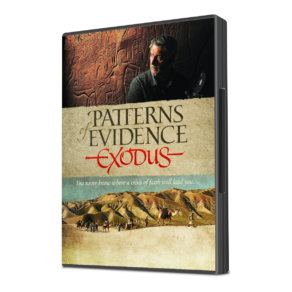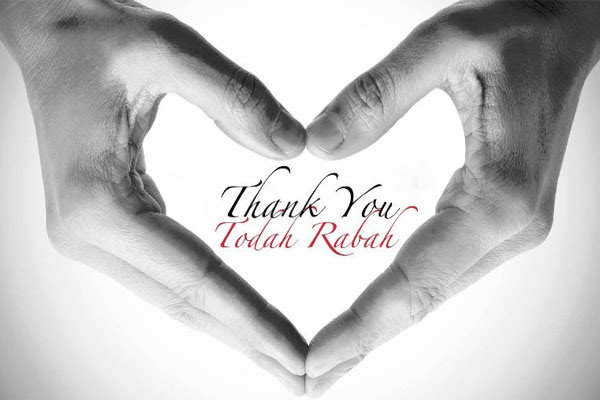Prime Minister Benjamin Netanyahu, second right, leads the weekly cabinet meeting at the Haifa municipality, on November 27, 2016. (Kobi Gideon / GPO)
Israeli PM: Fires worse than 2010 Carmel blaze, other forms of terror
While lamenting loss of property, Netanyahu says proper preparation, international cooperation saved lives; proposes multinational firefighting force
November 27, 2016
The dozens of wildfires that destroyed hundreds of homes and forced tens of thousands to flee was in many ways worse than the deadliest fire in Israel’s history and worse than terror attacks, Prime Minister Benjamin Netanyahu said Sunday.
“In many respects, these fires were more severe than the Carmel tragedy,” he told ministers attending the weekly meeting that convened in Haifa in a show of support for the northern city that bore the brunt of the damage from the blazes.
The 2010 Carmel forest blaze destroyed large swaths of the forested ridge and led to 44 deaths, though it didn’t threaten any large urban areas.
In contrast, the rash of fires that struck Israel over the last several days did not lead to any serious injuries, but wrought widespread havoc, with hundreds of homes destroyed in Haifa and elsewhere around the country.
Authorities estimate that since Tuesday, some 130,000 dunams (32,124 acres) have been destroyed, approximately 30 percent more than the blaze in the forests around Haifa six years ago.
Haifa city officials said Saturday that this week’s fires ravaged some 28,000 dunams (6,900 acres) of land in the city since Thursday.
At least 60,000 of the city’s residents were evacuated Thursday while firefighters battled to contain a blaze that had entered a dozen of the city’s neighborhoods from the nearby Carmel Forest.
The Mediterranean sea and parts of the city can bee sen through a burned house following wildfires in Haifa, Israel, Friday, Nov. 25, 2016. (AP Photo/Ariel Schalit)
Most had returned home by Sunday morning, but an estimated 1,600 residents remained without homes. Between 400 and 530 apartments are said to be completely destroyed by the flames. Dozens of homes in other locales have also been damaged by separate wildfires during the wave.
Finance Minister Moshe Kahlon approved on Saturday evening a stipend of NIS 2,500 ($650) per person for those who fled the raging fires nationwide over the past five days and could not return to their homes because they were destroyed or are currently uninhabitable.
While lamenting the destruction of property, Netanyahu said that proper preparation had prevented a loss of life. “We saved lives,” he said.
Netanyahu added that the fires, many of which officials blame on Arab arsonists, are worse than “other terror attacks.”
“The severity of these cases isn’t equal in severity to other terror attacks, because it is so powerful and it draws on the forces of nature to sow death and destruction,” he said.
A photograph of a camera showing what appears to be a Palestinian man starting a fire in a field near Battir, outside of Bethlehem on November 26, 2016. (Parks Authority)
In all, at least 35 people have been arrested since Thursday in connection with the fires but police have not indicated how many were suspected of setting fires and how many of inciting others to do so.
Earlier Sunday morning, Defense Minister Avigdor Liberman said there was “proof” that 17 of 110 recorded outbreaks were caused by arsonists, and authorities “were still investigating the other incidents.”
Throughout the week, firefighting equipment from the US, Russia, Turkey, Greece, France, Spain, Canada and the Palestinian Authority joined Israeli crews in dumping tons of water and retardants on the fires around Israel and the West Bank.
In the wake of the wildfires, Netanyahu said ordered ministers to cut through red tape for victims recovering from the fires, and said he intended to ramp up international cooperation in order to tackle wildfires.
“I have initiated the establishment of a multinational force that will not only coordinate operationally, but in the purchase of aircraft, which achieve efficiency on a global scale,” he said.
Netanyahu said regional leaders have “expressed interest” in his plan.
He also responded to a cross-border exchange earlier in the day which saw Israeli forces engage with IS-affiliated fighters on the Syrian frontier.
“We won’t allow Islamic State members or those from other groups to use the Syrian civil war to set up a base on our border,” he said.
Four members of the Khalid ibn al-Walid Army were killed in an Israeli airstrike Sunday morning after shooting at troops who had crossed the border fence, in the first major exchange between Israel and the Islamic State-affiliated group.


















